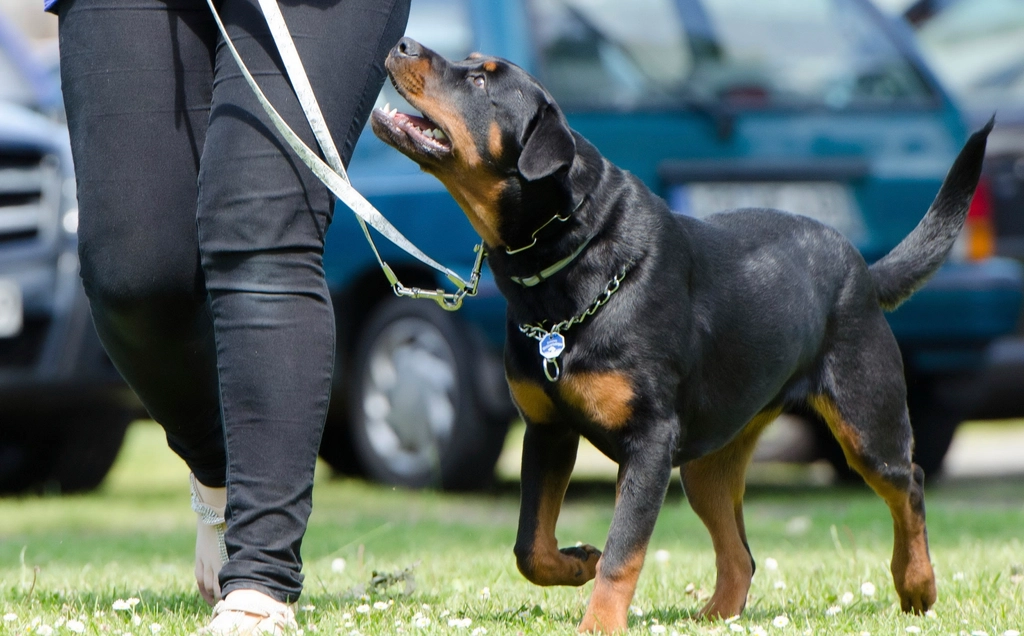Dogs, often called man’s best friend, sometimes exhibit behaviors that can be challenging for their human companions. Just like us, our furry friends have their quirks and peculiar habits. Understanding and managing these behaviors is key to fostering a happy and harmonious relationship with your pet. Whether it’s excessive barking, chewing, or other unwanted actions, there are strategies you can employ to guide your dog towards better behavior. Let’s explore ten practical ways to handle a dog’s bad behavior.
Understanding the Root Cause
Before addressing any behavioral issue, it’s crucial to understand why your dog behaves a certain way. Dogs often act out due to stress, anxiety, or a lack of exercise. Imagine a child who acts out when they’re tired or hungry; dogs are similar in this sense. By identifying the root cause, you can tailor your approach more effectively. Observing your dog in various situations can provide insights into their triggers. For instance, a dog may bark excessively when left alone, indicating separation anxiety. By understanding these triggers, you are better equipped to address them.
Consistent Training Techniques
Consistency is the cornerstone of effective dog training. Just like humans, dogs respond well to routines and clear expectations. If you allow your dog to jump on guests one day and reprimand them the next, it sends mixed signals. Instead, set clear boundaries and be consistent in enforcing them. Use simple commands like “sit,” “stay,” and “leave it,” ensuring you use the same words and gestures each time. Consistency helps your dog understand what is expected, reducing confusion and frustration.
Positive Reinforcement
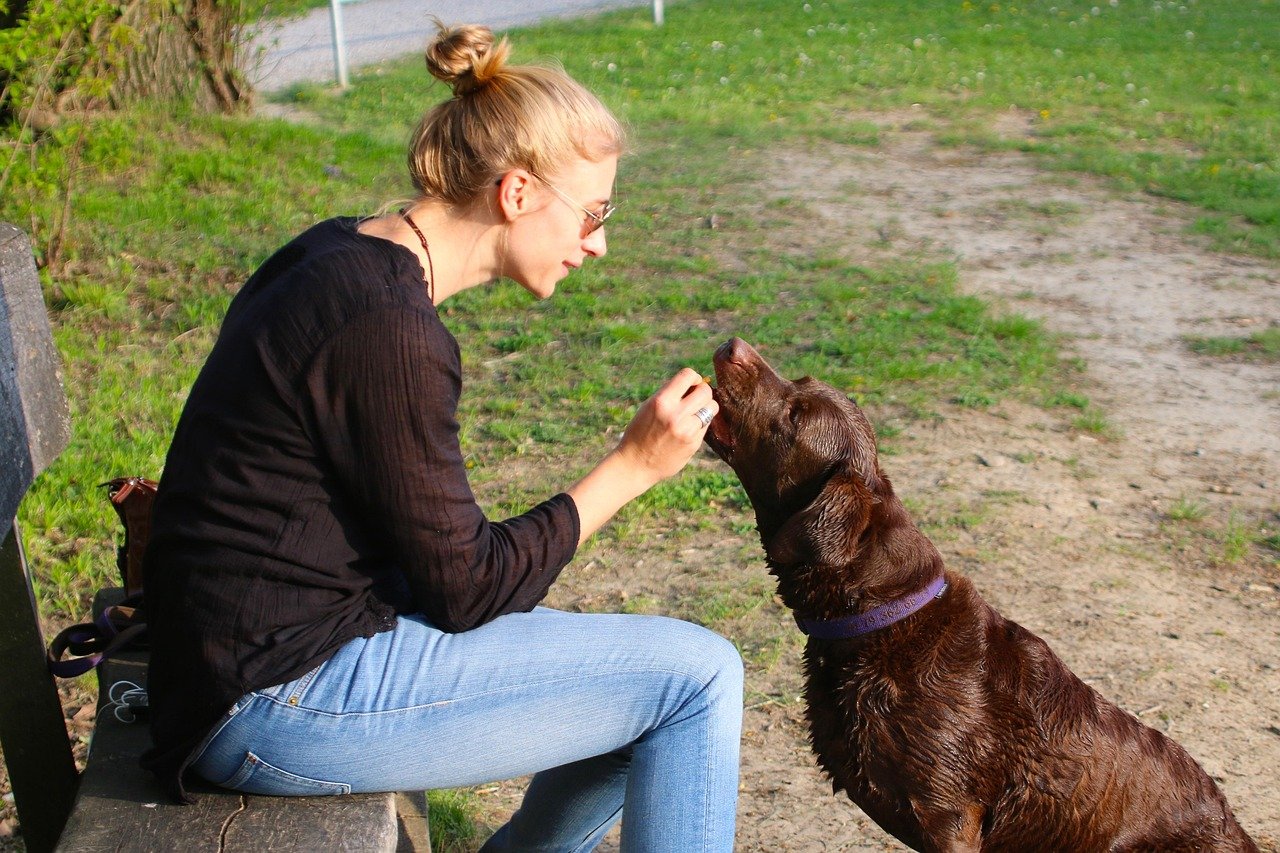
Dogs thrive on positive reinforcement, much like children who are rewarded for good behavior with praise or treats. When your dog behaves well, reward them with treats, affection, or playtime. This reinforcement encourages them to repeat the desired behavior. For example, if your dog sits calmly when guests arrive, praise them or give them a treat. Over time, they will associate good behavior with positive outcomes, making them more likely to behave well.
Socialization Opportunities
Socialization is an essential aspect of a dog’s development. Introducing your dog to various environments, people, and other animals can significantly reduce anxiety and aggressive behavior. Think of it like taking a child to a playground to learn how to interact with peers. Start by taking your dog to dog parks or arrange playdates with other dogs. This exposure helps them learn how to behave appropriately in different situations, reducing fear and aggression.
Providing Adequate Exercise
A tired dog is a well-behaved dog. Dogs need physical and mental stimulation to stay happy and healthy. Without enough exercise, they may resort to destructive behaviors like chewing furniture or digging. Regular walks, playtime, and engaging activities like fetch or agility training can help expend their energy. Imagine being cooped up indoors all day; you’d feel restless too! Ensuring your dog gets enough exercise can dramatically improve their behavior.
Establishing a Routine
Dogs, like humans, thrive on routine. A predictable schedule for feeding, walks, and playtime provides structure and reduces anxiety. Consider a daily routine as a roadmap for your dog’s day, helping them know what to expect. This predictability can alleviate stress and lead to more balanced behavior. If mealtime is always at the same hour, your dog is less likely to beg for food at odd times. Establishing a routine can be a simple yet effective strategy.
Addressing Separation Anxiety

Separation anxiety is a common issue among dogs, leading to behaviors like barking, howling, or destruction when left alone. To address this, gradually accustom your dog to being alone. Start with short periods and gradually increase the time as they become more comfortable. Providing toys or a piece of clothing with your scent can also offer comfort. Think of it as slowly building their tolerance to solitude, reducing the anxiety they feel when you’re not around.
Professional Training Assistance
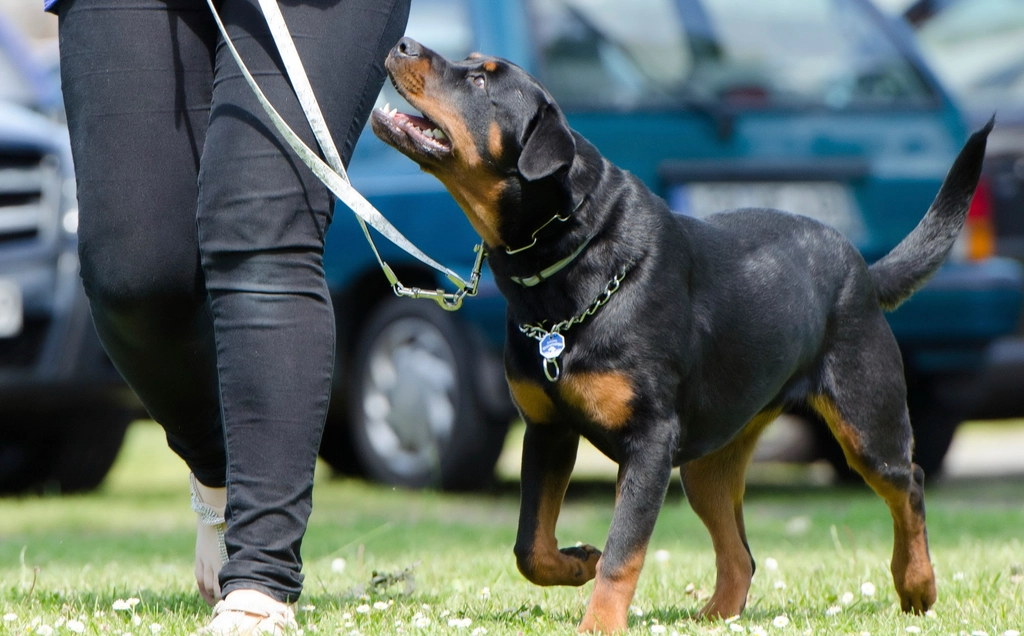
Sometimes, despite our best efforts, professional help is needed. Dog trainers and behaviorists have the expertise to address complex behavioral issues. If your dog’s behavior is beyond your control, seeking professional guidance can be beneficial. They can provide tailored strategies and insights that you might not have considered. It’s akin to hiring a tutor for a subject you’re struggling with; their expertise can make a significant difference.
Using Calming Products
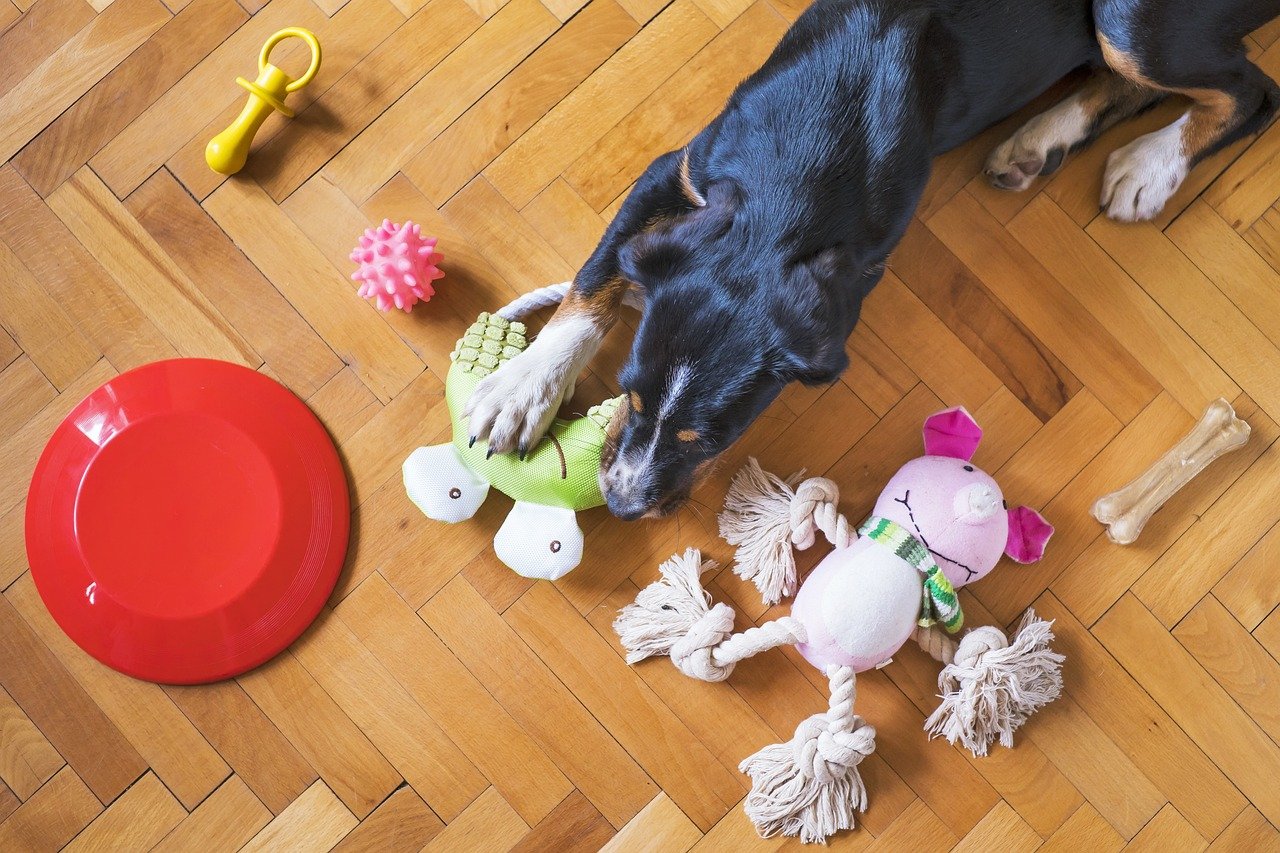
For dogs who are naturally anxious or stressed, calming products can provide relief. Products like pheromone diffusers, calming collars, or anxiety wraps can help soothe your pet. These products work by mimicking natural calming signals, reducing stress. For instance, a calming collar releases pheromones that mimic those produced by a mother dog, providing a sense of security. While not a standalone solution, calming products can complement other behavior management strategies.
Patience and Persistence
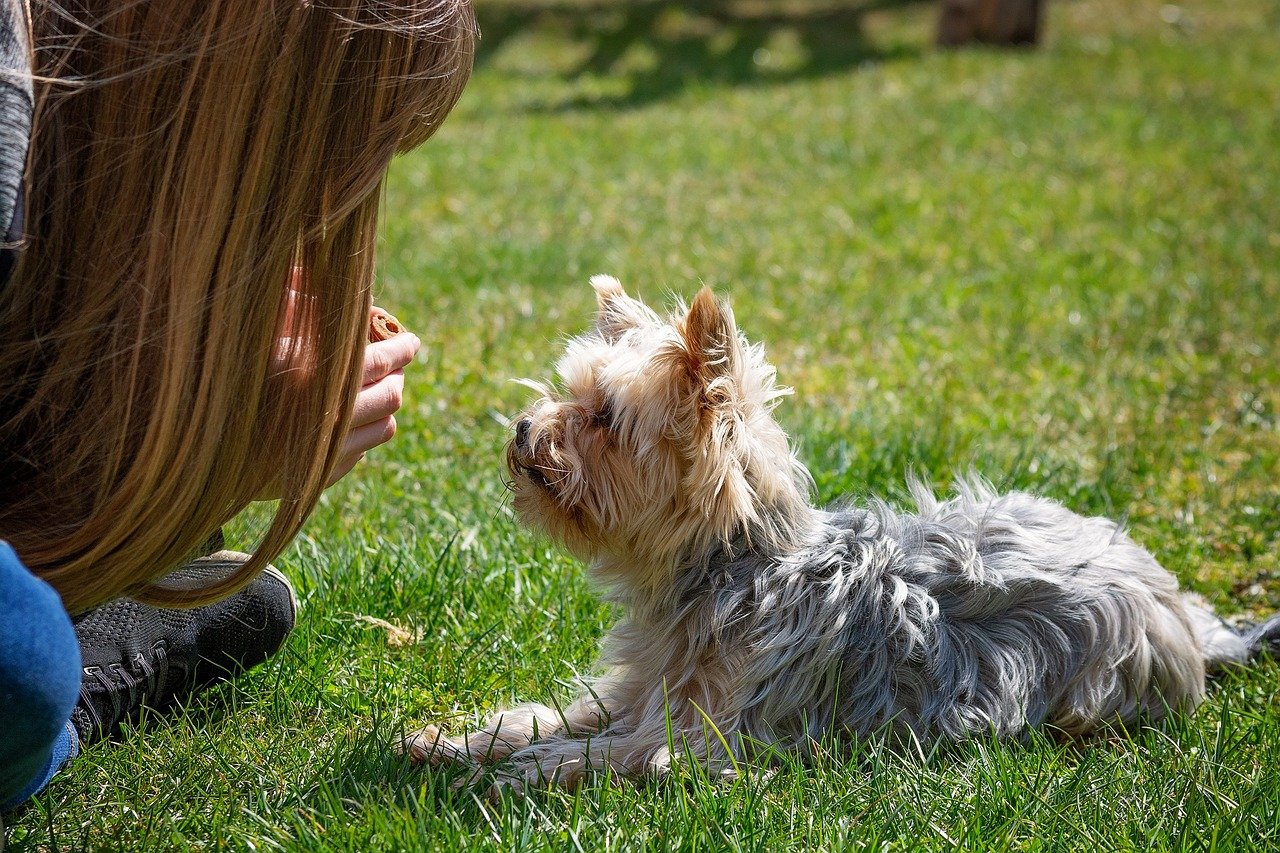
Managing a dog’s behavior requires patience and persistence. Change doesn’t happen overnight, and setbacks are part of the process. It’s important to remain calm and continue working with your dog, even when progress seems slow. Remember, every dog is unique, and what works for one may not work for another. Celebrate small victories and remain committed to the long-term goal of a well-behaved companion. With time and dedication, your efforts will pay off.
In conclusion, managing a dog’s bad behavior involves understanding, consistency, and a lot of love. By employing these strategies, you’ll not only address unwanted behaviors but also strengthen the bond with your furry friend. Remember, your patience and persistence will lead to a happier and more harmonious relationship with your beloved pet.


Linnea is a born and bred Swede but spends as much time as possible in Cape Town, South Africa. This is mainly due to Cape Town’s extraordinary scenery, wildlife, and atmosphere (in other words, because Cape Town is heaven on earth.) That being said, Sweden’s majestic forests forever hold a special place in her heart. Linnea spends as much time as she can close to the ocean collecting sea shells or in the park admiring puppies.

